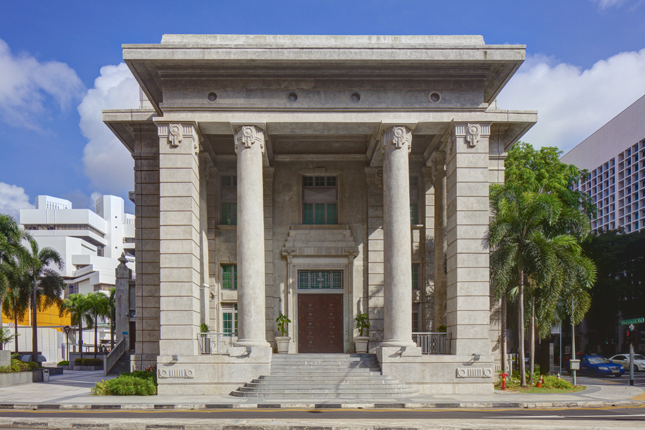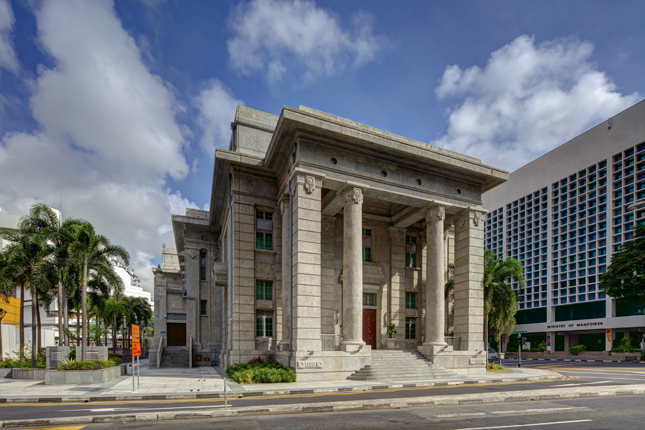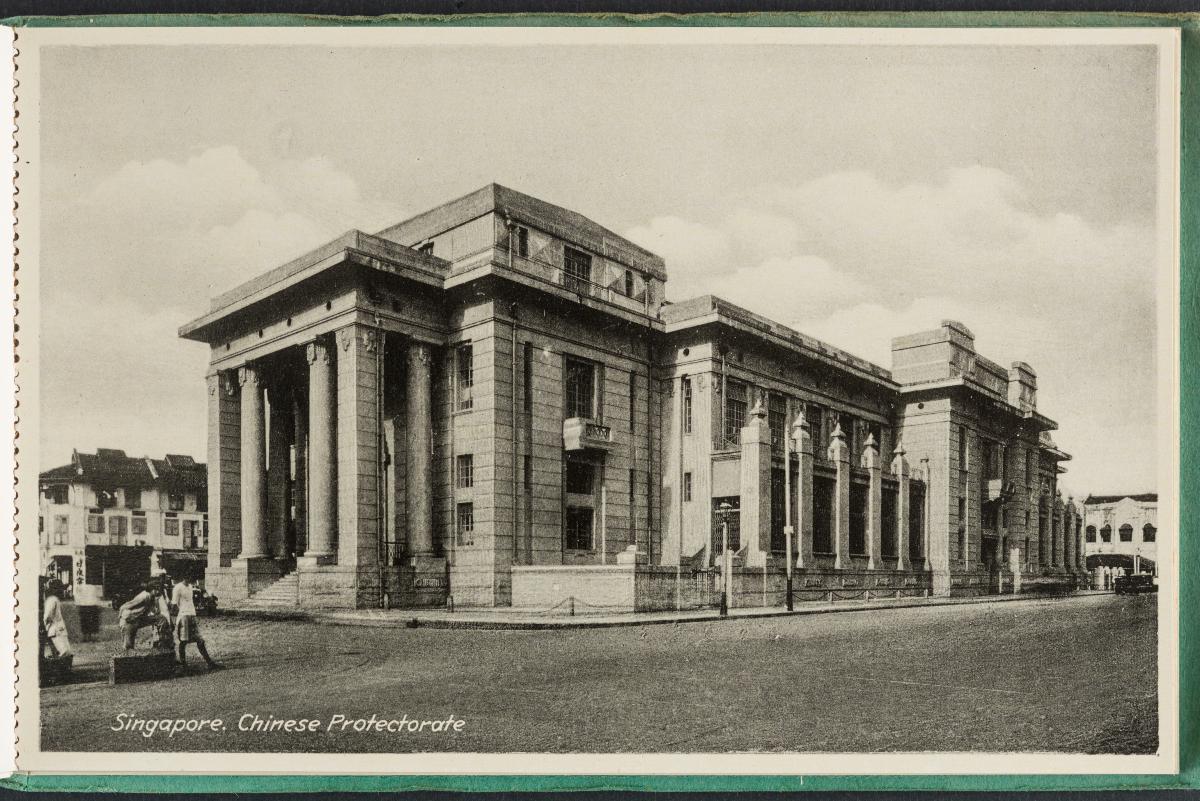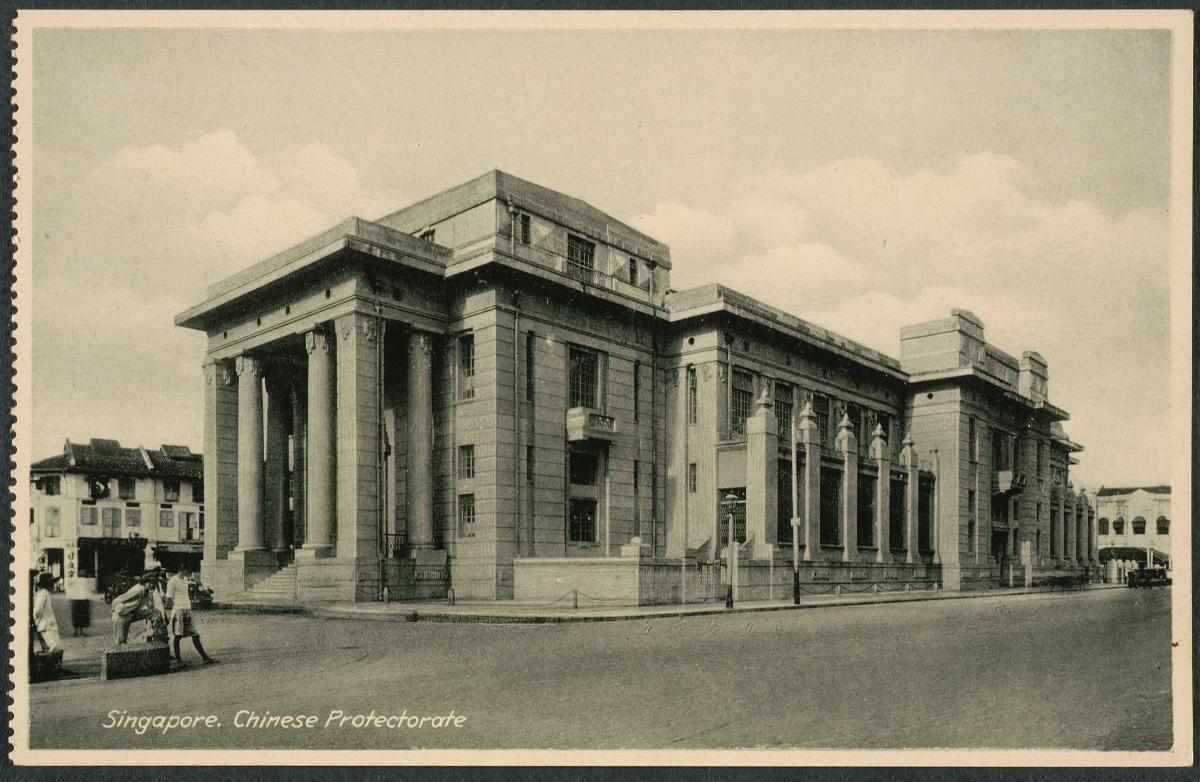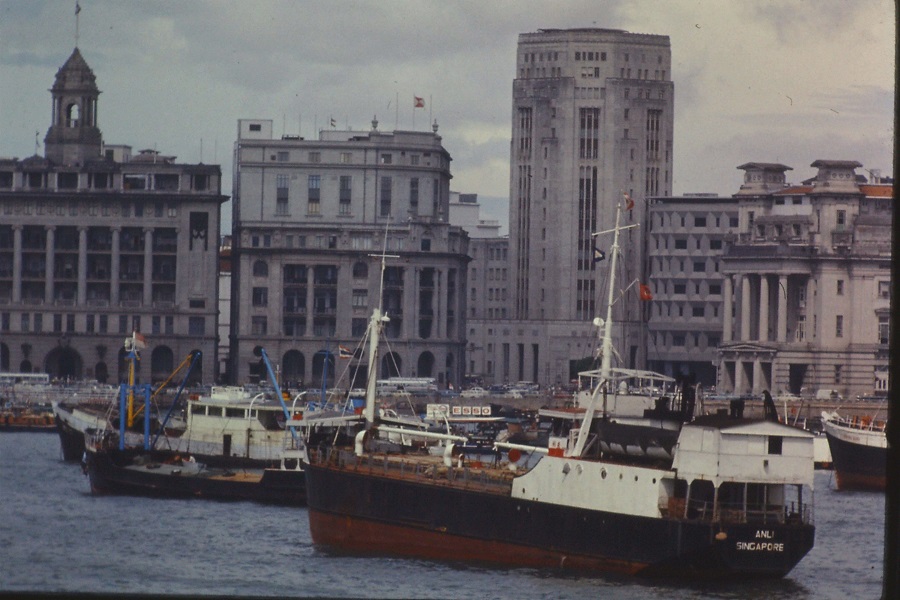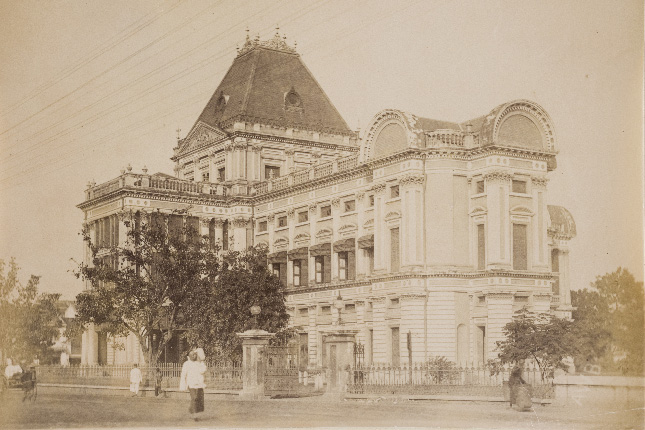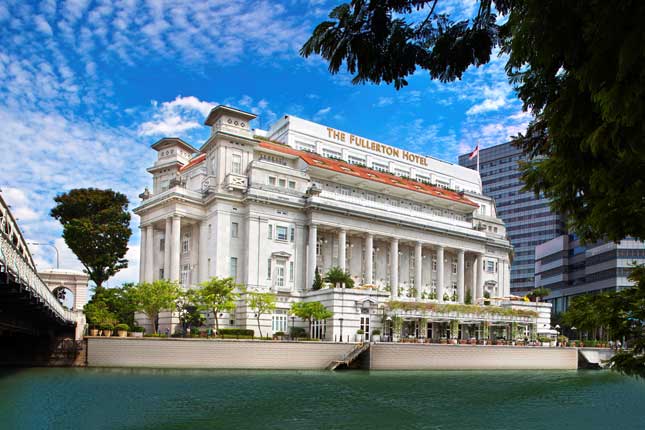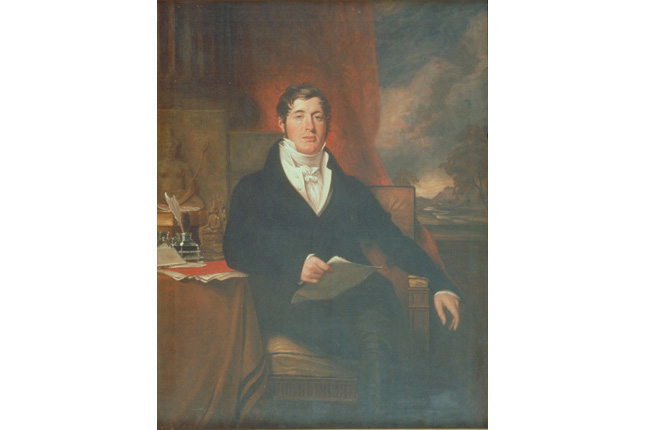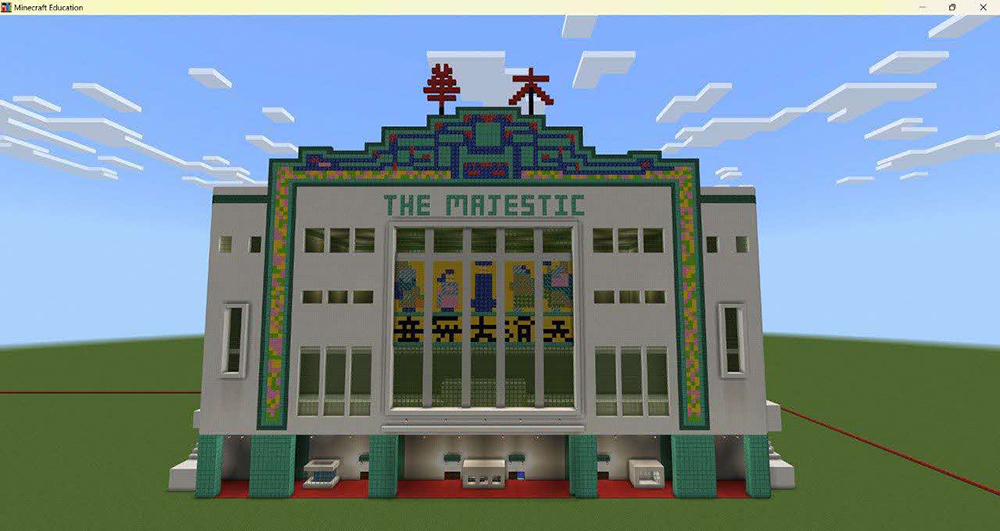The Former Ministry of Labour Building is located not far away from the Former Thong Chai Medical Institution and Tan Si Chong Su. The edifice not only bears witness to Singapore’s judiciary system today, but also calls to mind the period of the influx of Chinese immigrants in the colonial era and their contributions to Singapore.
Chinese Protectorate
After Singapore was founded as a British trading port in 1819, the number of Chinese arriving in Singapore increased steadily. By 1860, the Chinese accounted for more than half of the local population. Having no kith and kin in Singapore, these immigrants often sought aid and friendship in the various Chinese clan associations. Some also joined secret societies and triads for protection.
It was against this background that the Chinese Protectorate was established by the British Administration in 1877 in a shophouse on Canal Road to oversee the needs of the Chinese community. Among its many functions, the Protectorate was responsible for training a pool of civil servants to be conversant in Chinese, administering the sinkeh (新客, newly arrived coolies), regulating Chinese secret societies, rescuing women who were forced into prostitution, and containing the spread of venereal diseases.
The department shifted to Havelock Road in 1886. By the 1920s, the existing building was decrepit and plans were made to erect a new home for the Chinese Protectorate. Construction began in 1928, and two years later, the Chinese Protectorate moved into what is now known as the Former Ministry of Labour Building.
First Protector of the Chinese
William A. Pickering was appointed Singapore’s first Protector of the Chinese in 1877. The British bureaucrat was experienced working with the Chinese, having served in Fujian Province in southern China and Taiwan prior to his arrival in Singapore. Pickering was recognised as an effective mediator between feuding groups. His fluency and proficiency in numerous Chinese dialects – including Mandarin, Hokkien, Foochow, Teochew, Hakka, and Cantonese – made him an excellent candidate to head the Chinese Protectorate.
Even though he was highly respected by many Chinese, some members of secret societies felt that the regulations he implemented interfered with their affairs. A carpenter named Chua Ah Siok made an attempt on Pickering’s life on 18 July 1887, hurling an axe at the latter’s forehead. This assault effectively ended Pickering’s term as the Protector, for he did not fully recover from the attack. He retired from his position in 1888 and died in San Remo, Italy, in 1907.
Home to Ministries
After the Second World War, the Chinese Protectorate (then renamed the Chinese Secretariat) was subsumed under the Ministry of Labour and Welfare which occupied the building in 1955. It was eventually abolished in 1959. The ministry was later reorganised and was renamed Ministry of Labour and Law.
Architecture
The Former Ministry of Labour Building’s design was largely inspired by the Neoclassical style, similar to other government buildings constructed in the same period, such as the Former City Hall and the Former Supreme Court. This form of architecture is characterised by the use of Classical orders, symmetrical composition, and grand proportions.
Nevertheless, the building also incorporated some features of the Art Deco style, which was gaining popularity at that time. Geometric motifs typical of Art Deco, such as circular and rectangular patterns, can be seen on the column capitals and on the façade.
Former Ministry of Labour Building Today
Over the years, the Former Ministry of Labour Building underwent various phases of expansion and renovation to cope with the space requirements of the different ministries. New mezzanines were added to the building.
Since 1990, the edifice has been used by the Judiciary. It houses the Family Justice Courts today.
Our National Monuments
Our National Monuments are an integral part of Singapore’s built heritage, which the National Heritage Board (NHB) preserves and promotes for posterity. They are monuments and sites that are accorded the highest level of protection in Singapore.




